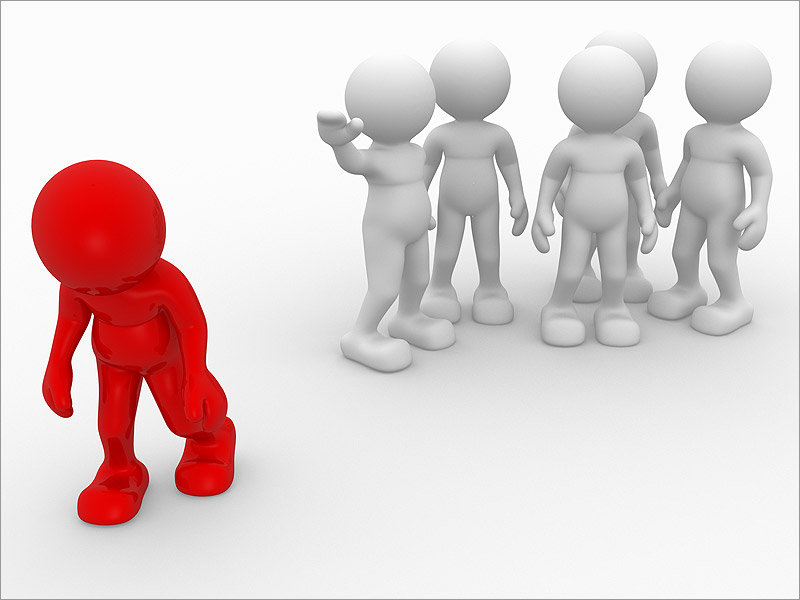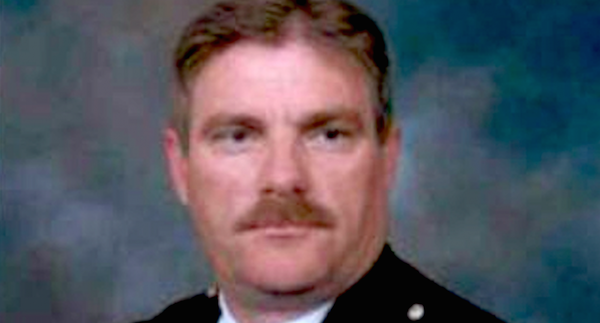
It’s time Indian-Americans in the U.S. involved themselves deeply in civic issues. Srinivas Kuchibhotla in Kansas, Harnish Patel in South Carolina, and Deep Rai in Washington, all well settled Indians in America, were shot at in a span of three weeks resulting in two deaths. The words repeatedly used by their assailants were, “go back where you came from.” While these are the most visible cases of attacks against Indian-Americans, the harassment of the community is far more pervasive since Donald Trump took office as U.S President.
In my own family, spread throughout the U.S., we are hearing stories of insults and innuendoes. A niece in Maryland being told by a co-worker that she will have to go back where she came from, if she was not a citizen (she is); a friend in the DC suburb detained by the local police for ‘suspicious appearance’ and for not carrying an identification (she was simply taking a walk in her neighborhood as she has done for years). In our family WhatsApp group, we are constantly sharing stories we hear in our communities, reminding each other about carrying identification, staying away from bars in the Midwest, worrying that hate speeches about our ‘foreignness’ could easily end up in gunshots as it happened to the three victims of the crime. Needless to say, it has shaken the Indian-American community to its core.
Faulty terms of engagement?
For the longest time, we were proud to declare that Indian Americans were the true success story in the U.S. After all, even as a relatively young immigrant group (87.2%being foreign born) at 1% of the population (around 3 million), we could claim to have the highest per capita income ($88,000 median household income compared to all U.S. median at $49,800) and highest levels of education (70% of those age 25 and older with college degrees, two-and-a-half times the figure for overall population) of any ethnic group.
We could boast that Indians had truly arrived in America, as prominent writers, business leaders, academics, and even policymakers. We lived and breathed the so-called American dream; we bought expensive homes in American suburbs, sent our children to the best universities and reaped the benefits of the American system. But, by and large, we didn’t engage in the messy issues of civil rights, political participation, or racism. We thought these were not our issues.
We remained attached to our country of origin, going back and forth frequently, contributing to local causes (after all, our dollars could go much further in India, and India surely needed help). Some of us also got very active in the politics of our homeland, especially when it came to right-wing Hindu causes. Like other immigrants, we nostalgically longed to hold on to our sense of belonging in the old country while moving forward with our lives in our adopted country. Secure in our successful American experience, we took the American part of our hyphenated identity for granted.
From my perch as a leader of an international organization, I often criticized my fellow Indian-Americans for not strengthening their roots in America, not getting involved enough in the civic organizations in America, and not engaging enough in the American issues of the day. In the age of Trump, this is no longer just a good idea. Now the stakes have become dangerously high and the need visibly urgent. While the White House, including the President, continues to deny any relationship between the rhetoric and policies of the new government and the unprecedented spike in hate speech and hate crimes against South Asian, Arab, Muslim and Jewish communities, the truth is that the Trump presidency has emboldened latent racist and ultra-right nativist elements to come out in the open. This has to be the real wake-up call for the Indian-American community.
During the election, a group of Indians, calling themselves “Hindus for Trump,” tried to make a distinction between themselves and other Indians, especially Muslim Indian-Americans, and other brown-skinned people, suggesting that they were different, that they should not be confused with Muslims and, therefore, should not be targeted. As political scientist Sanjay Mishra has pointed out, such an approach shows real ignorance about the fundamental dynamics of racism – treating all people of a particular color or ethnicity as an undifferentiated mass, “erasing individuality, distinctiveness and humanity.”
Now, it is time for this well-to-do community to recognize that criminals who commit hate crimes are indiscriminate. As we know from the assailants of the three Indian victims, they confused their target for Iranians and Arab Americans, or Muslims. It didn’t matter that all three of them were well-to-do, living in comfortably prosperous communities.
It’s time Indian-Americans joined hands with all Americans who suffer from racial, ethnic or social prejudice, Muslims, Arabs, African-Americans, Latinos or the LGBT community, to fight for what makes America the great country that it is, welcoming new immigrants eager to make a new life here, and in the process, constantly renewing the very idea of America, always in the process of becoming, not so much looking in the rear view mirror as moving forward.
(The author is president emerita of the Asia Society and a senior adviser to the President of Columbia University)




Be the first to comment